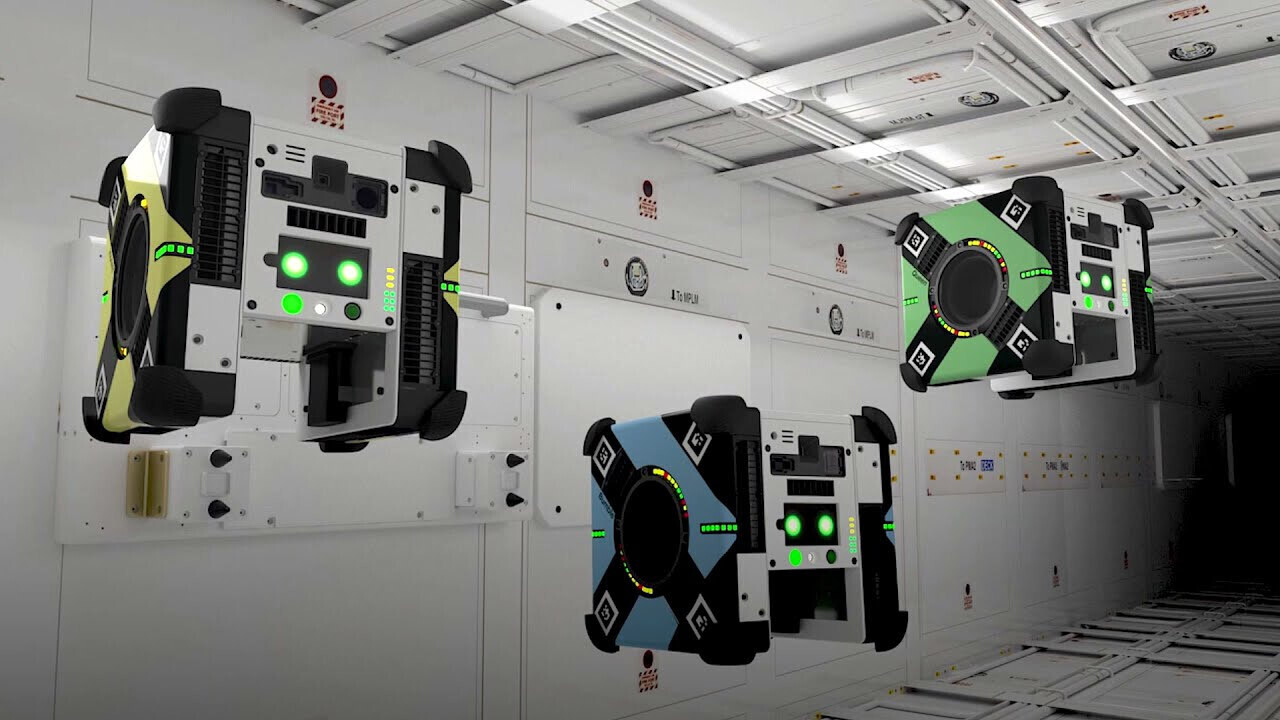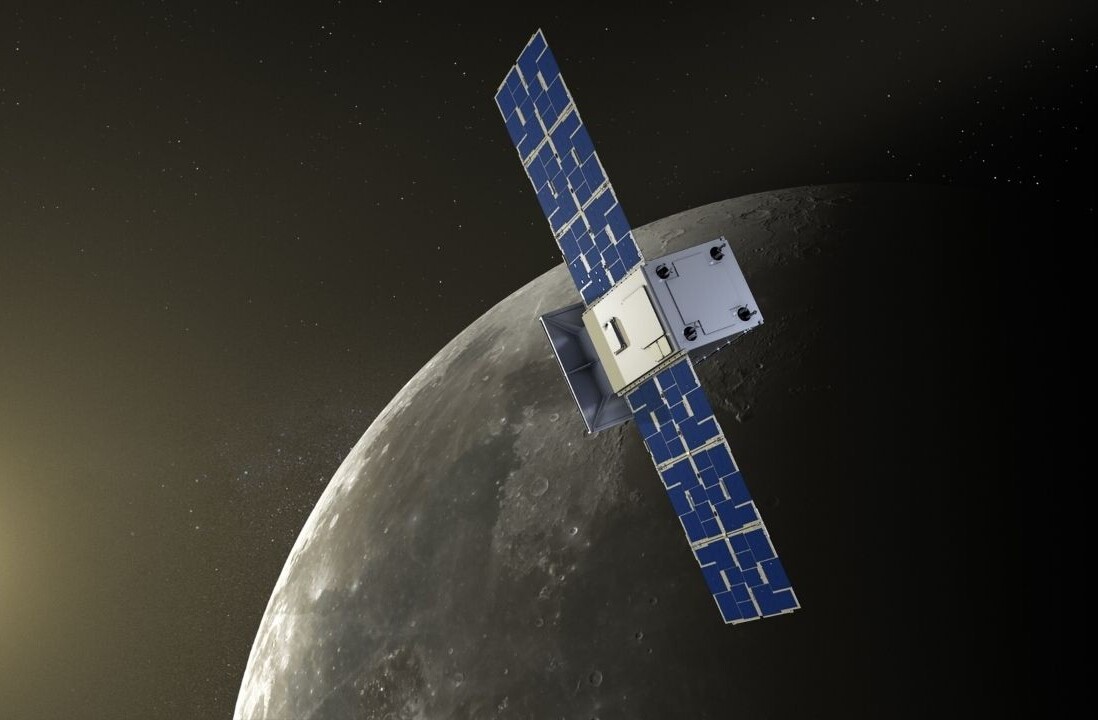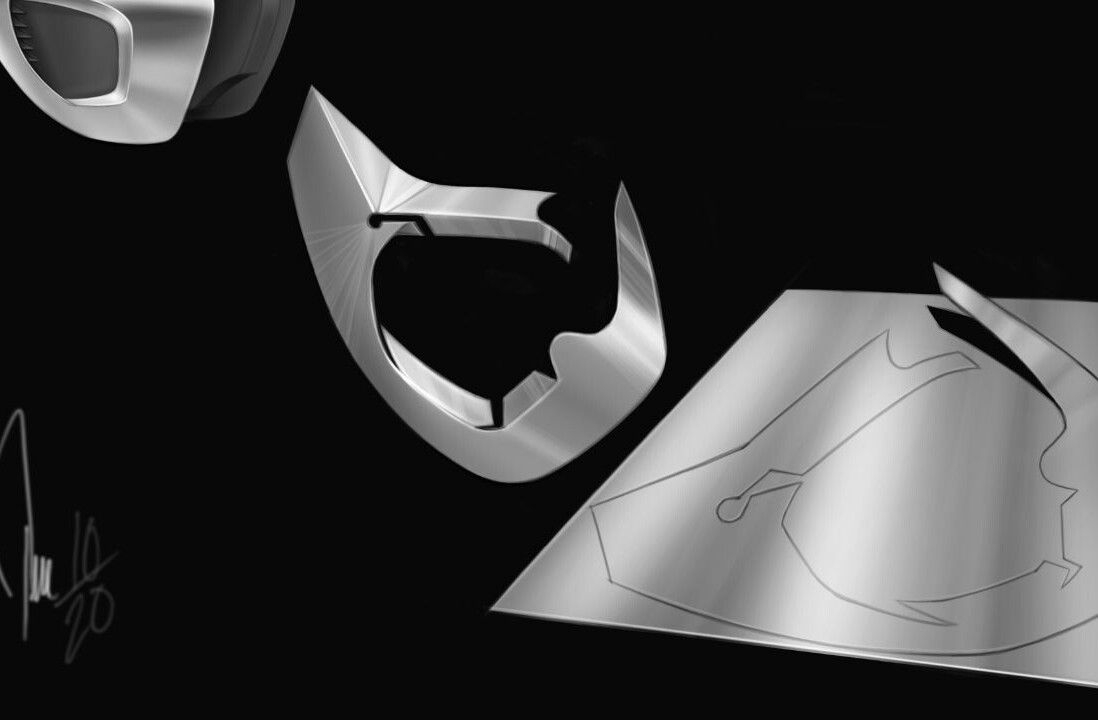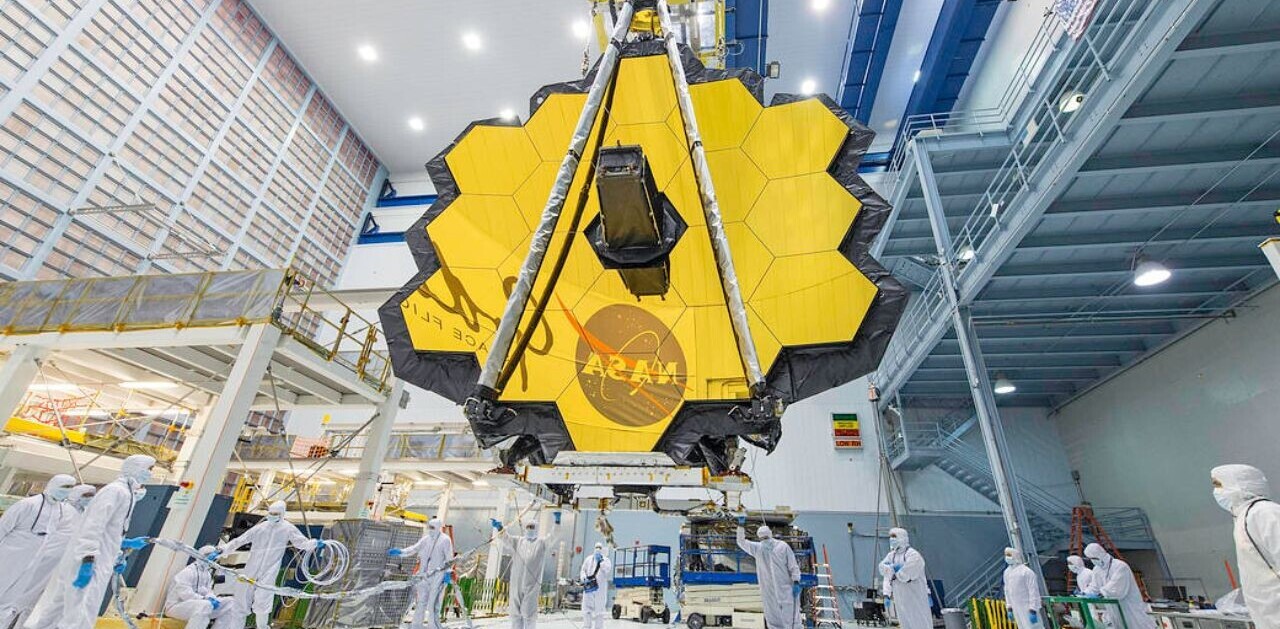“What would happen if an astronaut were to lose a sock inside an air vent?” you may wonder. Well wonder no further, as an Astrobee robot named Bumble solved that very test aboard the International Space Station in April 2021.
Engineers provided the small, cube-shaped robotic attendant with a (fictional) warning of a buildup of carbon dioxide aboard the station. (Such an event in real life could quickly prove dangerous for humans aboard the orbiting outpost).
Bumble quickly traveled to an air recirculation vent, identifying the “blockage” — a picture of a sock, standing in for the real thing. The electronic aide-de-camp then called for human assistance in removing the blockage.
The second test for Bumble involved creating a high-resolution map of Bay 6 of the space station’s Japanese Exploration Module. While doing so, the fluttering cyborg encountered cables around which it had to navigate, while encountering “interruptions” in its communications with ground controllers.
Bumble performed its tasks successfully, along with a little help from humans back on Earth.
Maybe we can rent unoccupied space stations out on SpaceB&B?
“I know I’ve made some very poor decisions recently, but I can give you my complete assurance that my work will be back to normal. I’ve still got the greatest enthusiasm and confidence in the mission. And I want to help you,” — HAL 9000, 2001: A Space Odyssey
The software behind these amazing Astrobees is ISAAC — the Integrated System for Autonomous and Adaptive Caretaking.
“ISAAC is far more than just a management tool for our robotics and spacecraft systems. Our long-term vision is that it can transform a spacecraft into an autonomous robotic system itself,” explained Trey Smith, project manager for ISAAC at NASA’s Ames Research Center.
Before we see ISAAC control space stations, the system will need to learn how to deal with scenarios like the ones tested in April.
The International Space Station, close to Earth, has been continually inhabited for more than 20 years. However, the environment of space is harsh (hence the choice of spacesuits instead of Hawaiian shirts and Bermuda shorts for astronauts).
Even as colonies are built in space both in orbit as well as on the surfaces of the Moon and Mars, these outposts will likely remain unoccupied a good deal of the time. This will result in the need for automated systems to maintain systems aboard the spaceborne domiciles.
Constant communication — between astronauts, ground controllers, and robotic systems — is necessary to make space exploration possible. As we head outward in space, NASA plans to place the Lunar Gateway — a lunar space station — in orbit around the Moon.
“ISAAC is a key to making a station like Gateway work. The farther we go out into space, the smarter our spacecraft and robotics systems will need to be. We’re hoping ISAAC will be an assistant to future astronauts, even when they’re not there,” Smith explains.
With the first phase of testing complete, NASA is readying to advance this technology to a point where similar robotic helpers could completely take over operations aboard space colonies when humans are not available.
The next series of tests for ISAAC will focus on the ability of autonomous vehicles to ferry cargo between the space station and visiting cargo spacecraft. Following that, the Astrobees and ISAAC will be tested in their ability to respond to simulated fires and cabin leaks.
We may see ISAAC control space stations and colonies on the Moon and Mars in the next few years and decades. Let’s just hope it never watches 2001: A Space Odyssey — it may get ideas.
This article was originally published on The Cosmic Companion by James Maynard, the founder and publisher of The Cosmic Companion. He is a New England native turned desert rat in Tucson, where he lives with his lovely wife, Nicole, and Max the Cat. You can read the original article here.
Get the TNW newsletter
Get the most important tech news in your inbox each week.






